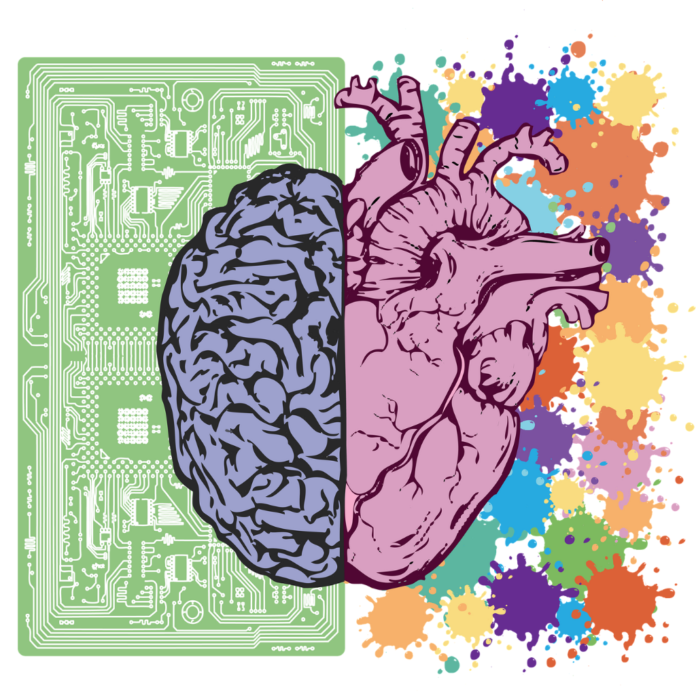Neuromarketing is a relatively new field that uses neuroscience-based techniques to better understand consumer behavior. This can include using neuroimaging to measure activity in different brain parts and other physiological measures such as heart rate and skin conductance. By understanding what triggers certain consumer reactions, neuro marketers can better craft marketing messages more likely to resonate with them.
1. How can neuromarketing create emotional connections with organizations and audiences?
Neuromarketing is a relatively new field that uses neuroscience to understand how people perceive and respond to marketing messages. This information can then be used to create more effective marketing campaigns that connect with organizations and audiences on an emotional level.
One way neuromarketing can create emotional connections is by understanding how people process information. For example, studies have shown that people tend to remember images more than words, so using powerful images in marketing messages can be effective in getting people to remember your brand or product.
Another way neuromarketing can create emotional connections is by understanding how people are wired. For example, people tend to be more motivated by positive emotions than negative ones, so using positive messaging in marketing can be more effective than negative messaging.
Overall, neuromarketing can be a powerful tool for creating emotional connections with organizations and audiences. By understanding how people process information and how they are wired, you can create marketing messages that resonate with people on a deeper level and create more meaningful connections with them.
2. What are the benefits of using neuromarketing?
Neuromarketing is a relatively new field that uses neuroscience to better understand how people react to marketing stimuli. This information can then be used to create more effective marketing campaigns. Some of the benefits of using neuromarketing include the following:
1. Improved understanding of how people process information.
2. Greater insight into how people make decisions.
3. More effective targeting of marketing messages.
4. Increased ROI on marketing campaigns.
5. Greater customer engagement and loyalty.
6. Improved brand awareness.
7. Greater customer satisfaction.
3. How can social networks be used to facilitate neuromarketing?
Social media has become an incredibly powerful tool for marketing. It can target specific demographics, track consumer behavior, and create brand awareness. Neuromarketing is a relatively new field that uses neuroscience to better understand consumer decision-making. It can be used to determine which marketing techniques are most effective and understand the triggers that influence consumer behavior.
Social networks can facilitate neuromarketing by providing access to large amounts of data. This data can be used to track consumer behavior and understand how different marketing techniques influence purchase decisions. Social media can also be used to target specific demographics and understand how different age groups respond to marketing campaigns.
4. What are the challenges of using neuromarketing?
There are several challenges associated with the use of neuromarketing. One of the most significant is that the technology is still relatively new, and there is limited scientific evidence to support the claims that neuromarketing can be used to improve marketing outcomes. Another challenge is that the technology is expensive and not widely available, which limits its use to a small number of organizations. Additionally, there are concerns about the potential for misuse and privacy violations and the ethical implications of using brain data to influence consumer behavior.


